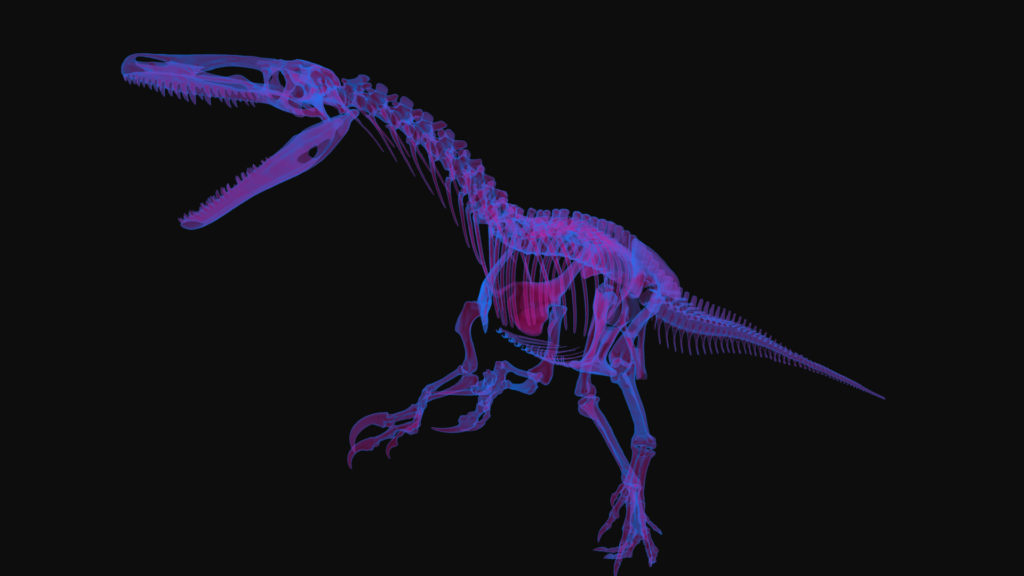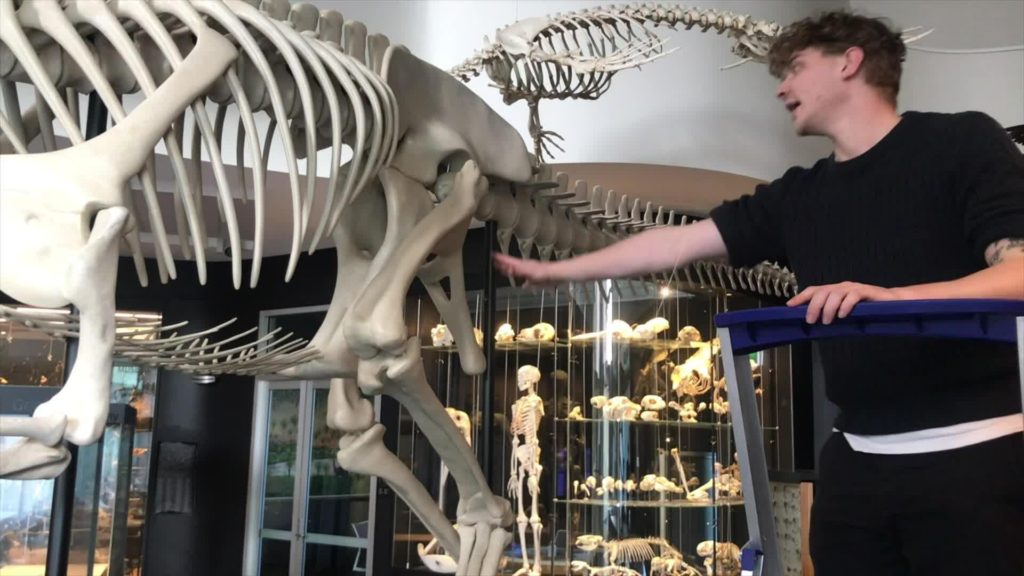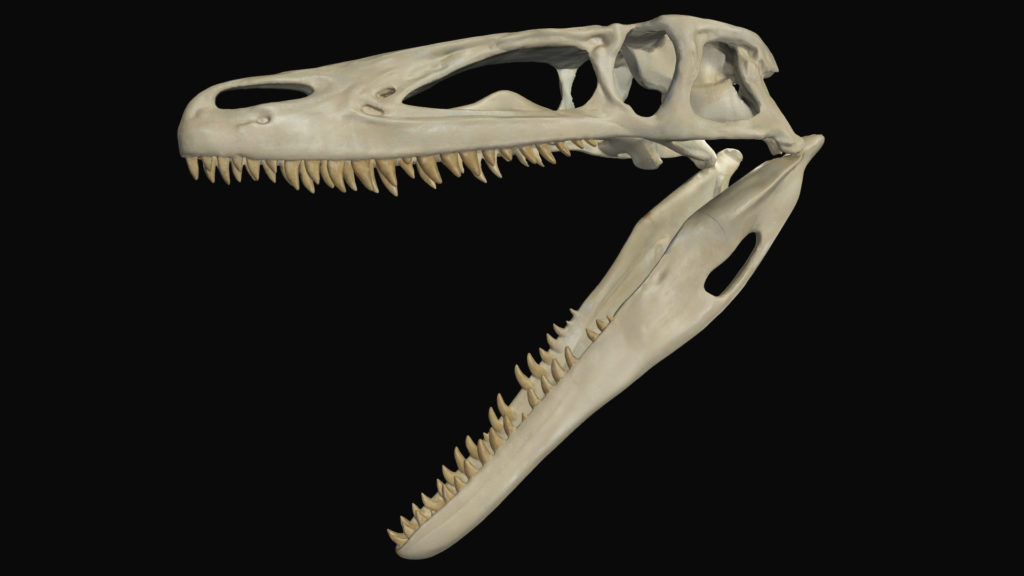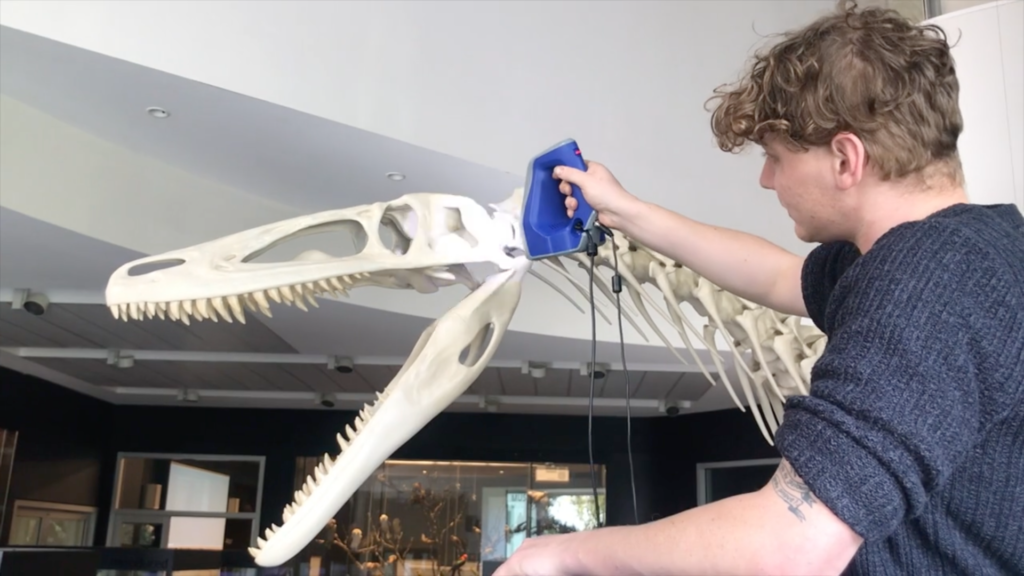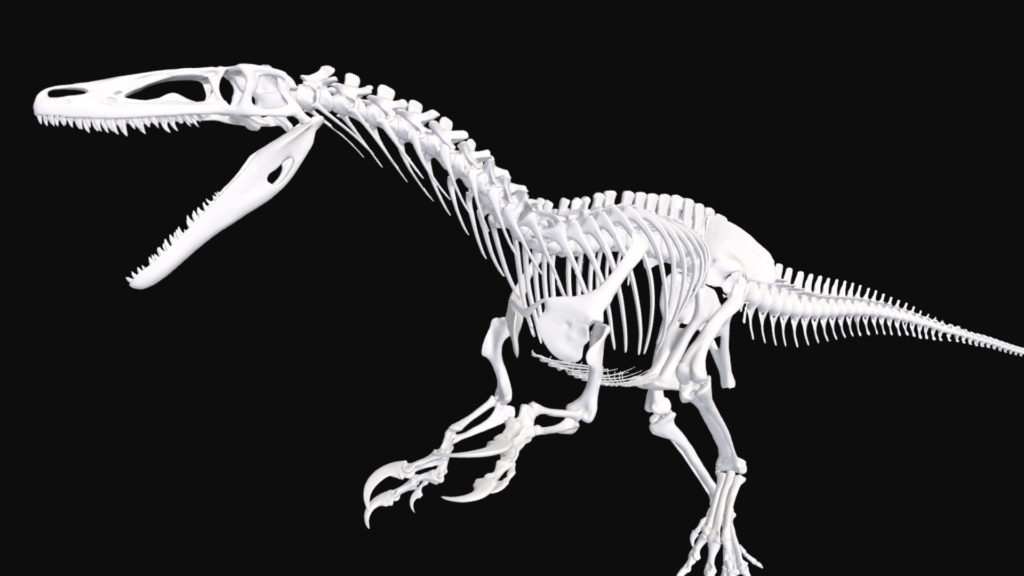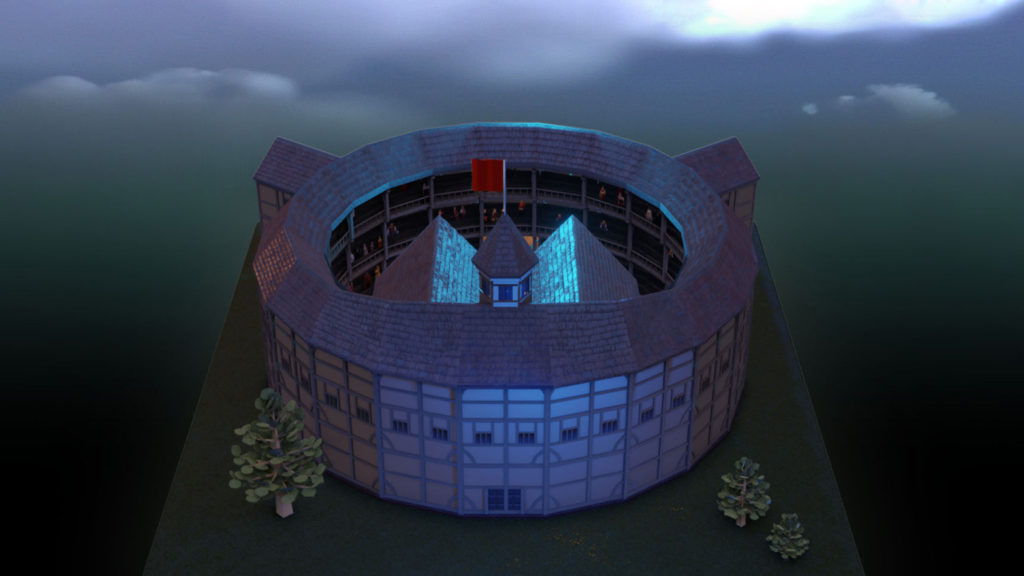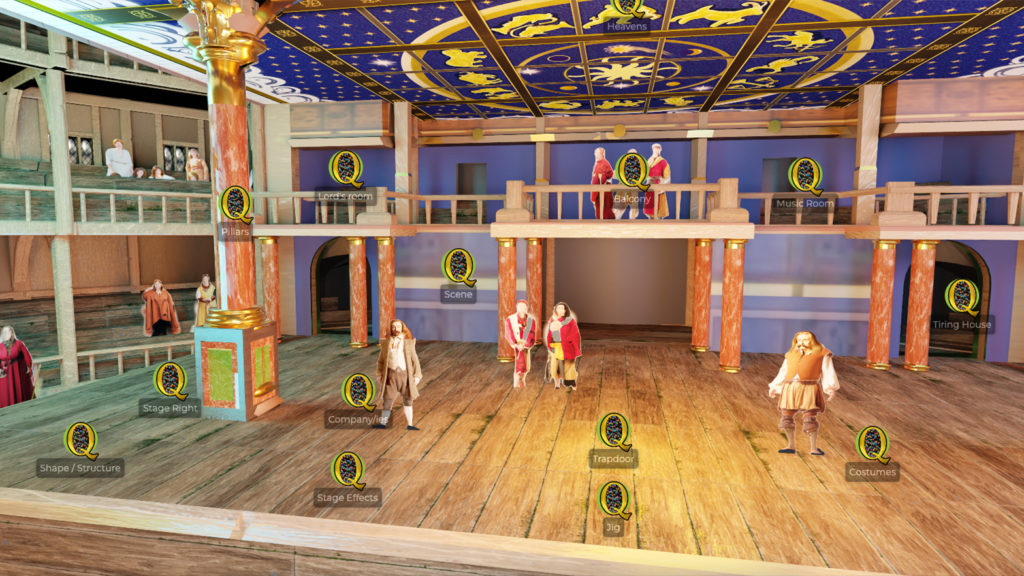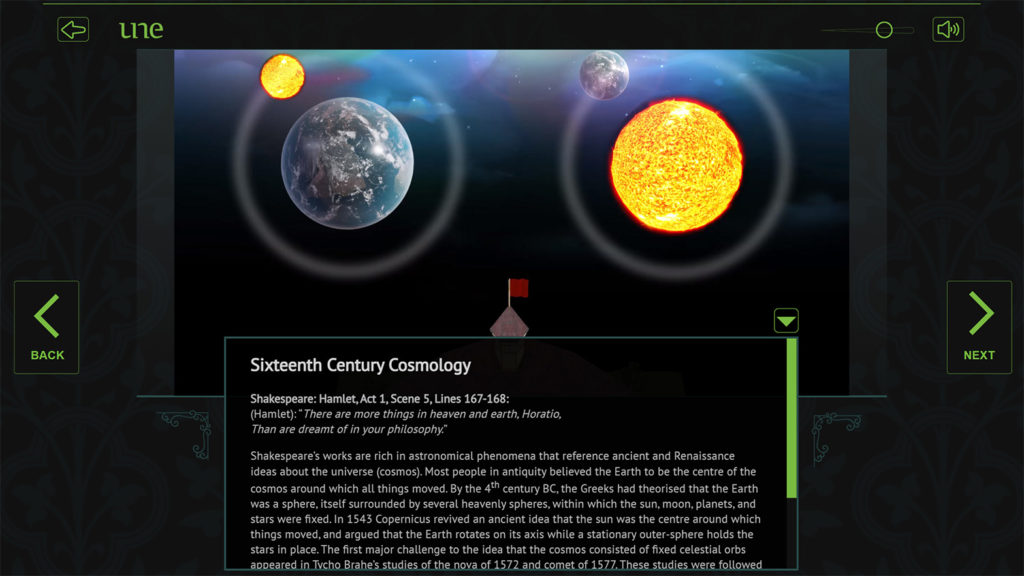Services we offer
3D Scanning
Empower your projects with our cutting-edge 3D scanning and digitizing solutions, revolutionizing visualization and design by seamlessly transforming physical objects into detailed digital replicas, unlocking endless possibilities for innovation and creativity.

Photogrammetry
Photogrammetry is an advanced technique that utilizes photographs to create accurate 3D models or maps of objects, terrain, or buildings, harnessing the power of imagery to precisely measure and reconstruct real-world environments with remarkable detail and accuracy.
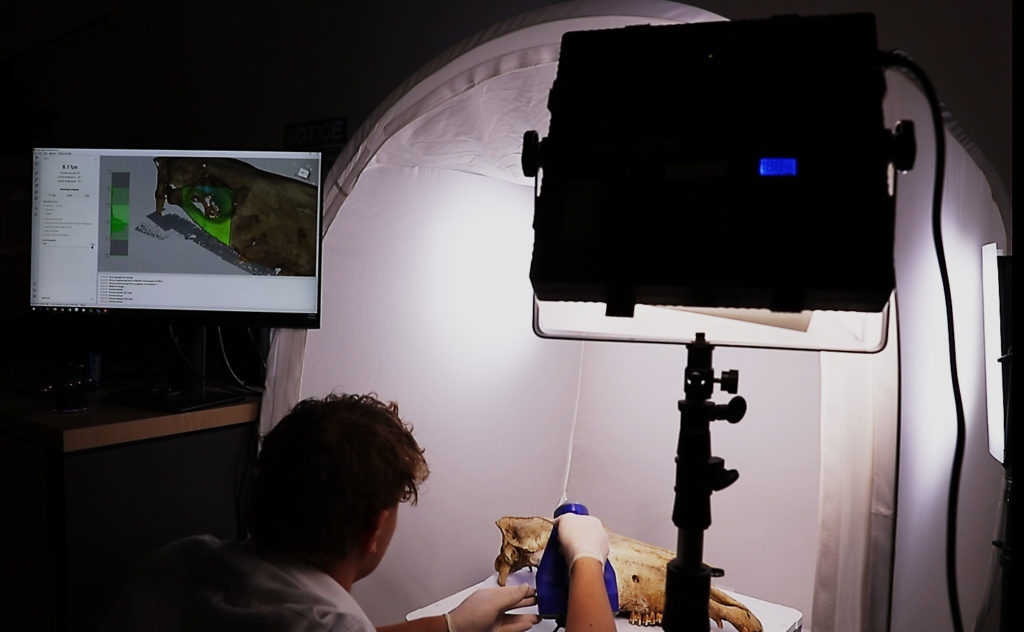
Light-based
scanning
Light-based scanning employs lasers or structured light to capture precise measurements of objects or environments, revolutionizing data acquisition by swiftly and accurately capturing surface details, shapes, and dimensions with unparalleled precision.
How does 3D content enhance T&L?

Object-Based Learning
3D scans of real-world artefacts allow students to explore and interact with high-fidelity digital replicas. This supports active learning through inspection, rotation, and close analysis – especially useful in fields like archaeology, geology, and ancient history.

Comparative Analysis
Students can compare multiple 3D models side by side, enhancing critical thinking and observational skills. This is ideal for identifying differences in species, structures, or design iterations, promoting deeper understanding through visual contrast
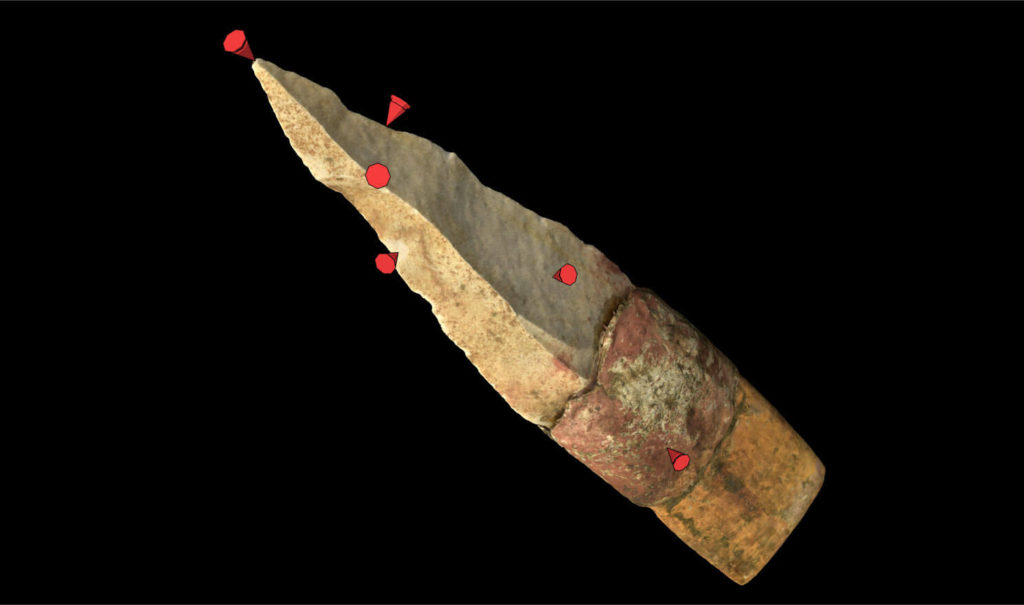
Annotations and Collaboration
Staff and students can add and share annotations directly on 3D models, enabling interactive discussion, peer feedback, and collaborative group work. Annotations can be used to pose questions, highlight key features, or guide exploration. Importantly, they can also be exported and shared with others, supporting remote research, and distance education. This allows learners or colleagues to mark points of interest and receive feedback asynchronously.
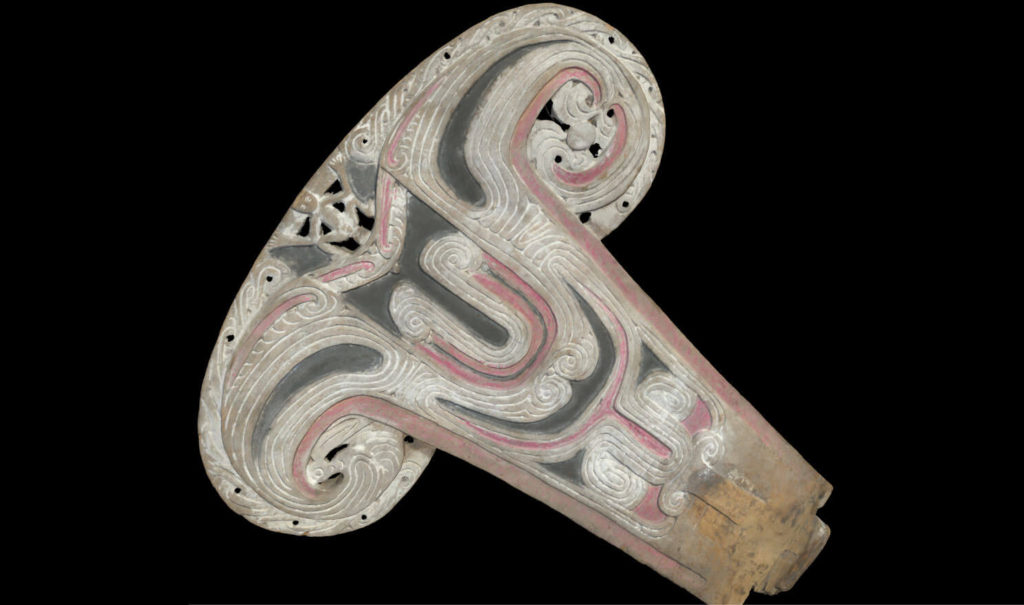
Digital Preservation
3D scanning offers more than just preservation; it creates an accurate digital record of an object or environment at a specific point in time. This is especially valuable in fields like palaeontology or archaeology, where scans can document the progression of a dig site, capturing changes over time. These time-stamped models can serve as research artefacts in their own right, supporting longitudinal study, comparison, and retrospective analysis long after the original context has changed or disappeared.


Object-Based Learning
3D scans of real-world artefacts allow students to explore and interact with high-fidelity digital replicas. This supports active learning through inspection, rotation, and close analysis – especially useful in fields like archaeology, geology, and ancient history.

Comparative Analysis
Students can compare multiple 3D models side by side, enhancing critical thinking and observational skills. This is ideal for identifying differences in species, structures, or design iterations, promoting deeper understanding through visual contrast

Annotations and Collaboration
Staff and students can add and share annotations directly on 3D models, enabling interactive discussion, peer feedback, and collaborative group work. Annotations can be used to pose questions, highlight key features, or guide exploration. Importantly, they can also be exported and shared with others, supporting remote research, and distance education. This allows learners or colleagues to mark points of interest and receive feedback asynchronously.

Digital Preservation
3D scanning offers more than just preservation; it creates an accurate digital record of an object or environment at a specific point in time. This is especially valuable in fields like palaeontology or archaeology, where scans can document the progression of a dig site, capturing changes over time. These time-stamped models can serve as research artefacts in their own right, supporting longitudinal study, comparison, and retrospective analysis long after the original context has changed or disappeared.
FAQs
Frequently Asked Questions
Our Artec Spider scanner is optimised for capturing small to medium-sized objects with intricate details, typically up to dimensions of approximately 25 cm x 25 cm x 25 cm. We do also offer photogrammetry services as an alternative for scanning larger objects or environments. Additionally, we’re excited to announce that we’ve recently acquired (in partnership with UNEMA), the Artec Micro scanner, which specialises in capturing extremely small objects with high precision. If you have any specific scanning needs or questions about which scanner would best suit your project, feel free to reach out to us for further assistance!
Both the Artec Spider and Artec Micro scanners are known for their high accuracy in capturing detailed 3D scans. The Artec Spider scanner, using structured light technology, can achieve a point accuracy of up to 0.05 mm, making it suitable for precise scanning of small to medium-sized objects with intricate details. On the other hand, the Artec Micro scanner, specifically designed for capturing extremely small objects, offers even higher accuracy with a point accuracy of up to 0.01 mm. Both scanners produce high-resolution scans that faithfully represent the geometry and texture of the scanned objects.
Both the Artec Spider and Artec Micro scanners typically output files in common 3D formats such as OBJ (Wavefront OBJ) or STL (Stereolithography). These formats are widely supported by various 3D modelling and visualization software, allowing for seamless integration into existing workflows.
See it working
The Artec space spider expands 3D range
Examples of 3D Scanning
View some of our 3D scanning resources or see all 360 resources here.
